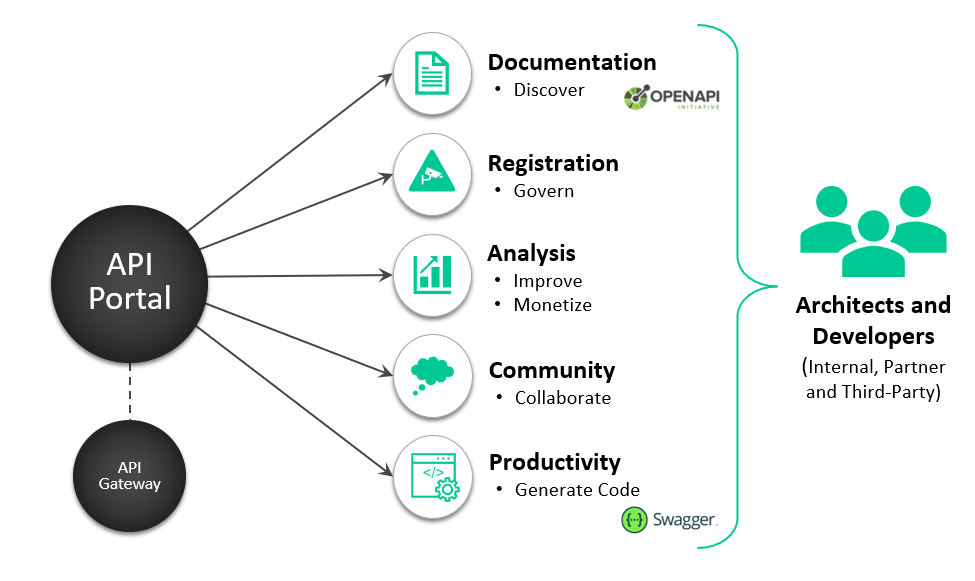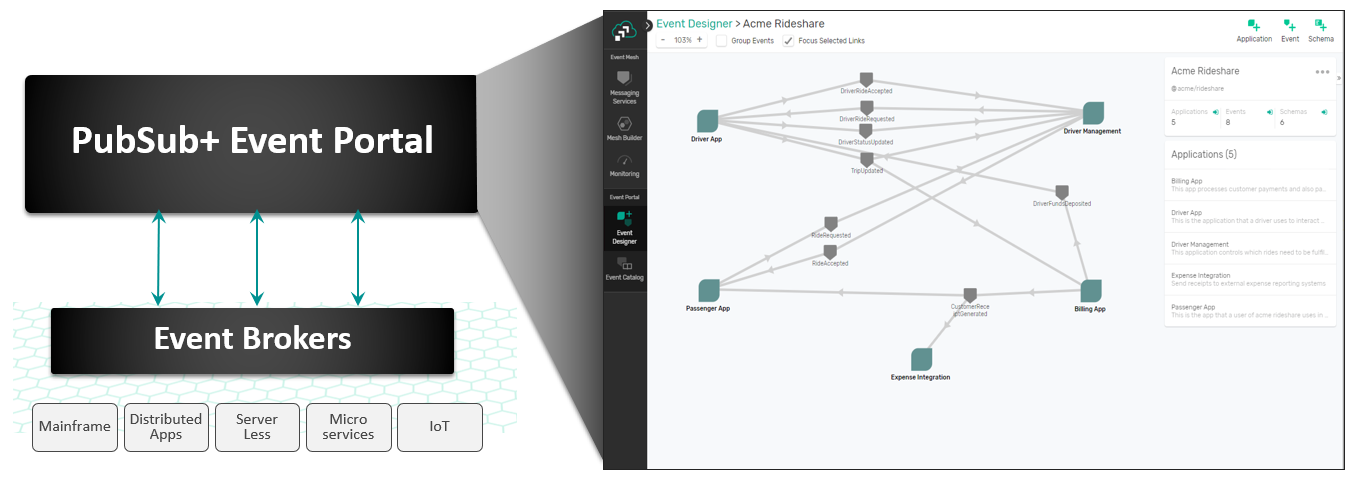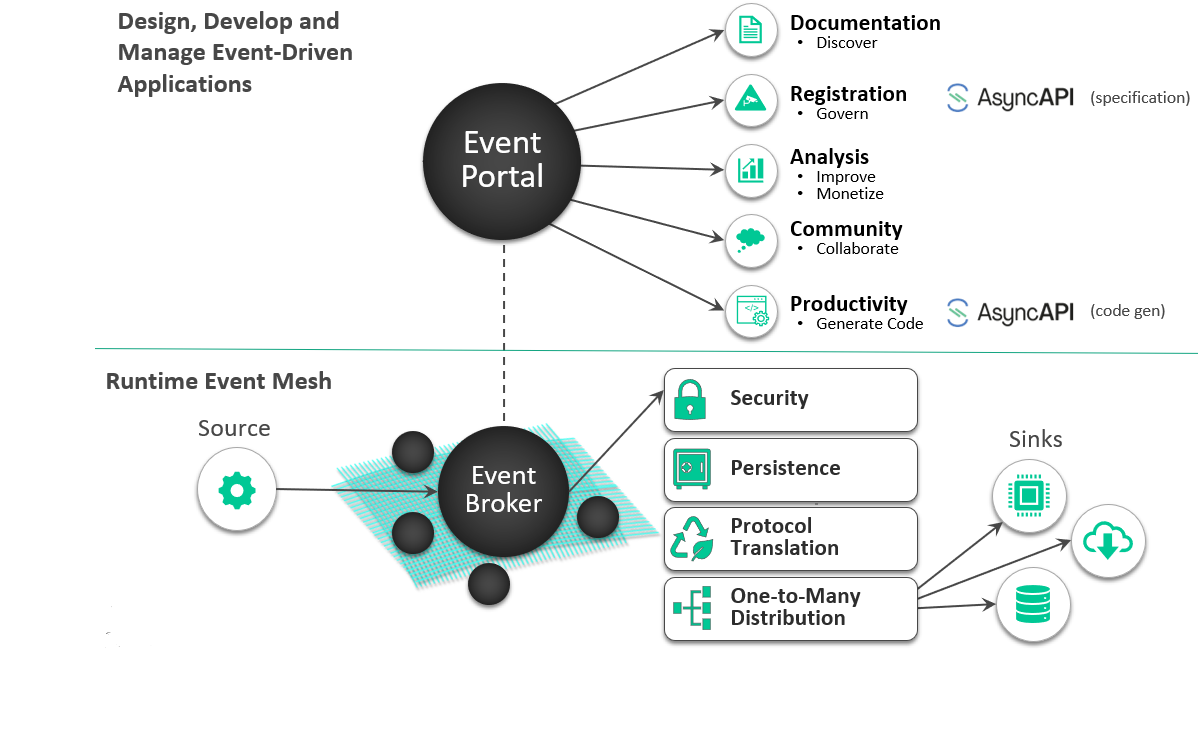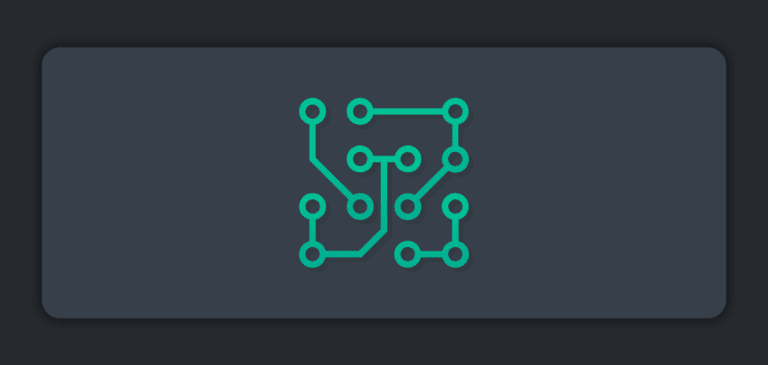You’ve probably seen us talking a lot about the concept of an event portal lately and our new product PubSub+ Event Portal. But what exactly is an event portal? And if you’re reading this, you may already be familiar with API portals and developer portals, so how is an event portal different?
An API portal is the bridge between an API provider and an API consumer; it’s basically lifecycle management for APIs. Developers can use it as an integrated development environment, i.e. create APIs and push them to the gateway. It is also a means to register, discover, explore, test, catalog, and obtain support when needed. Based on that you may assume an event portal is a bridge between event providers and event consumers. While that is true, there is a lot more.
Event Tooling & Management for the Event-Driven Enterprise
An “event” can broadly be described as a change notification. These changes can have a variety of forms, but all have the common structure of an action that has occurred on an object. An event could be a notification that the temperature of a sensor has crossed a threshold, or a change or result from one microservice consumed by another.
If you are an event-driven enterprise, or undergoing a digital transformation to become event-driven, an event portal will simplify your journey to implementing event-driven architecture across your distributed organization. According to Gartner, “While most organizations have basic event processing infrastructure, many don’t have the high-level productivity tooling that helps developers design, develop, test and manage event-centric applications1.”
Other challenges include governance, publishing, and managing event-based interfaces. An event portal provides a single place to design, create, discover, share, catalog, secure, manage, and visualize all events within an enterprise regardless of the underlying infrastructure. Many companies have struggled with applying event-driven architecture to multiple use cases within their ecosystem, or when they try to extend or reuse events. Implementing event-driven architecture and building event-driven applications is hard, in large part because of the lack of tooling available today.
As Gartner mentioned, there is a need in the industry to:
- discover events
- define events
- develop events
- monitor events
- secure events
An event portal meets those things by providing a single place to create, manage, visualize, and share event flows, across application domains and organizational boundaries.
What about EventBridge and Schema Registry?
Amazon EventBridge and Confluent Schema Registry enable you to discover the events/messages that flow through their systems, and understand the payload schemas. They are lacking, however, when it comes to governance, support for a variety of payload schemas, and collaborative design and deployment.
Governing and managing schema lifecycles is important, but it’s also important to be able to govern applications and their interfaces. An event-driven enterprise should be concerned with designing event-driven applications, events, and schemas. An event portal is a toolset that can accomplish all of this. Developers can use it to discover and reuse events across applications, lines of business, and between external organizations. It’s also a tool that Data Scientists can use to understand where data is coming from, who is using it, and discover new insights by combining events.
Read more about the differences in the blog Why You Need More Than a Schema Registry to Become an Event-Driven Enterprise.
PubSub+ Event Portal – The Market’s First API Portal…for Events
PubSub+ Event Portal lets you design your event-driven applications, events, and schemas as interconnected network diagrams your team can go over in design reviews.
With the PubSub+ Event Portal, you can:
- Define and model event-driven systems
- Visualize existing relationships
- Develop consistent event-driven applications
- Discover and share events of interest
- Govern the event-driven system
- Integrate with 3rd-party systems for programmatic interactions
- Manage and audit changes to events, schemas, and applications
- Runtime event discovery
- Understand statistics about events
Part of the Solace PubSub+ Platform offering, PubSub+ Event Portal allows you to capture events flowing across all of your PubSub+ Event Brokers (appliance, software, cloud) across cloud and on-premises environments.
Be sure to check out this video to learn more:
Explore other posts from category: Event Portal














